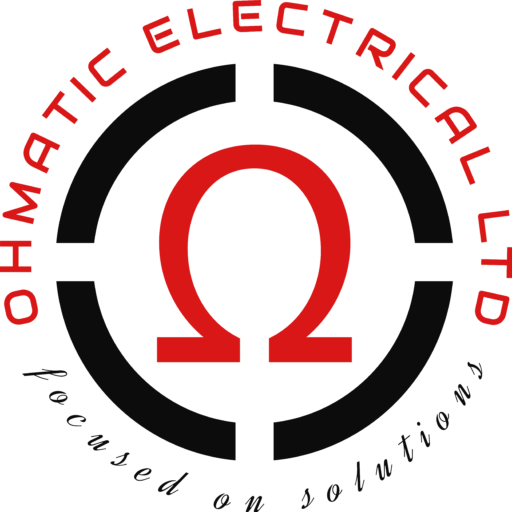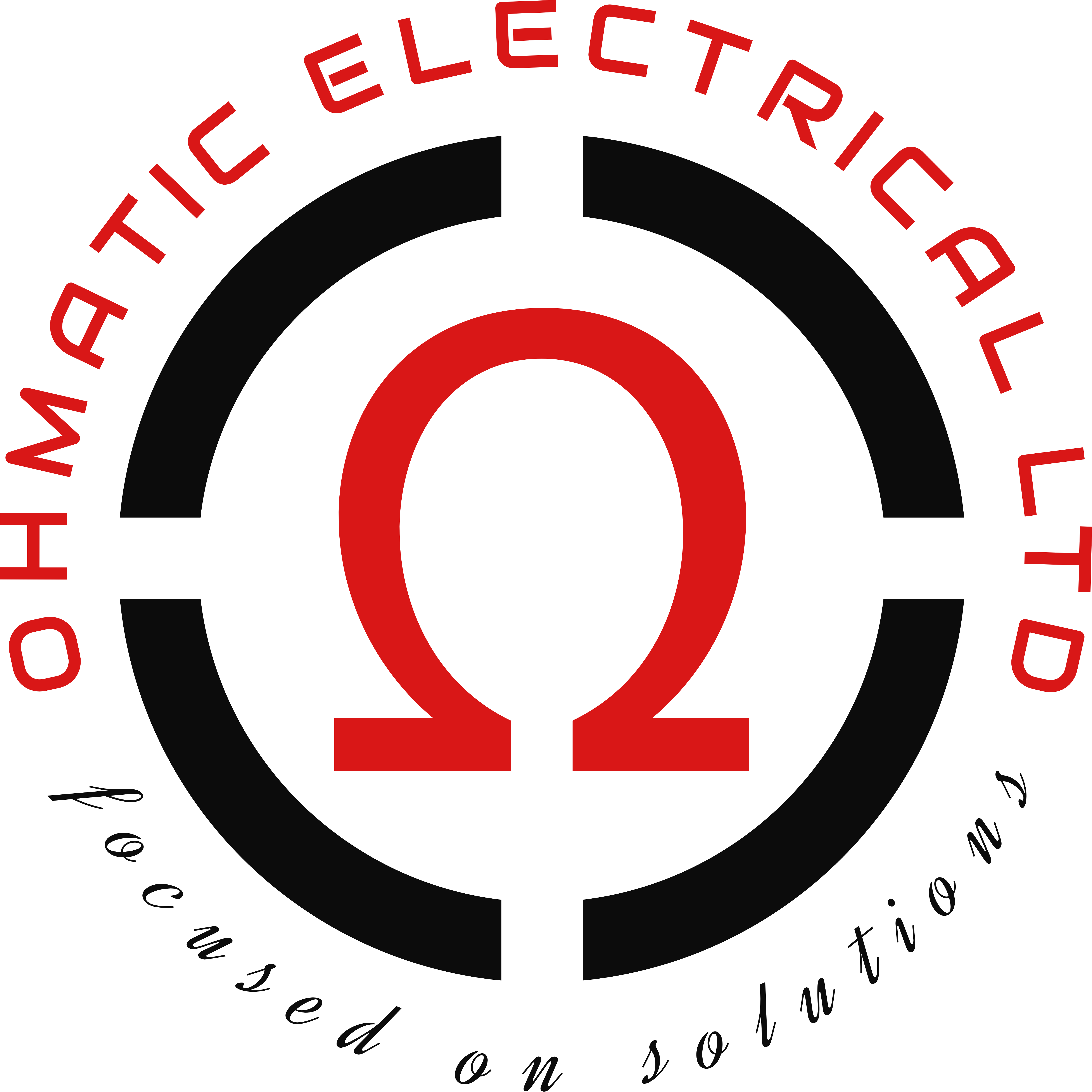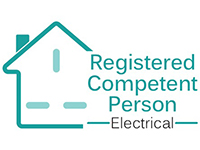A standard light bulb consumes;
between 4 to 100 watts, depending on the type—LED, CFL, halogen, or incandescent. For example, a 60-watt incandescent bulb used for 5 hours daily consumes 0.3 kilowatt-hours (kWh) daily, up to about 9 kWh monthly. In contrast, an equivalent LED bulb may only use 9 watts, consuming just 0.045 kWh daily. The actual cost varies based on electricity rates, but switching to energy-efficient bulbs like LEDs can reduce lighting electricity use by up to 80%, significantly reducing energy bills.
Have you ever wondered how much electricity your light bulbs are using? While a single bulb might not seem like a significant energy drain, its cumulative effect throughout your home can make a noticeable difference to your electricity bill. Whether you’re looking to cut costs, be more eco-conscious, or just curious about energy use, understanding how much electricity a light bulb uses is a great place to start.
In this comprehensive guide, we’ll uncover everything you need to know—from how to calculate a bulb’s energy usage to the differences between bulb types, as well as energy-saving tips that will keep you informed.
What Determines a Light Bulb’s Electricity Usage?
A light bulb’s electricity consumption depends primarily on its wattage and how long it’s left on. The higher the wattage, the more power it consumes. Light bulbs are generally labelled with a watt rating—like 40W, 60W, or 100W—which tells you the rate at which they consume electricity.
Electricity usage is measured in kilowatt-hours (kWh). To calculate the electricity used by a light bulb, you can use this simple formula:
- Electricity used (kWh) = (Wattage × Hours used) ÷ 1,000
For example, if you use a 60-watt bulb for 5 hours a day:
- (60 × 5) ÷ 1,000 = 0.3 kWh per day
Over a 30-day month, that single bulb would use:
- 0.3 kWh × 30 = 9 kWh
If your electricity rate is 30p per kWh, then one bulb would cost:
- 9 × £0.30 = £2.70 per month
Now, multiply that by the bulbs in your home, which quickly adds up.
Understanding Wattage, Amps, and Kilowatts
To fully appreciate how light bulbs consume energy, it’s essential to understand a few electrical terms:
- Watt (W): The basic power unit, representing the energy consumption rate.
- Kilowatt (kW): Equal to 1,000 watts. It is commonly used in billing to measure energy usage over time.
- Kilowatt-hour (kWh): The energy used if a 1,000-watt appliance runs for one hour.
- Amps: Short for amperes, this measures the flow of electric current. You can calculate amps using the formula Amps = Watts ÷ Voltage. In the UK, the standard voltage is 230V.
For instance, a 60-watt bulb on a 230V supply draws approximately:
- 60 ÷ 230 = 0.26 amps
While light bulbs don’t use a huge number of amps individually, adding up several fixtures on the same circuit is worth considering for load balancing and safety.
Types of Light Bulbs and Their Energy Consumption
Different types of light bulbs consume different amounts of electricity. Older technologies like incandescent bulbs are significantly less efficient than modern LED or CFL options. Here’s a helpful table to illustrate the typical wattages and energy efficiency across various lighting options:
| Type of Bulb | Wattage Range | Average Lifespan (Hours) | Brightness Equivalent (Incandescent) | Energy Efficiency |
| Incandescent Bulb | 40W – 100W | 750 – 1,200 | 100% | Low |
| Halogen Bulb | 35W – 70W | 2,000 – 4,000 | 90–100% | Moderate |
| Compact Fluorescent (CFL) | 9W – 23W | 8,000 – 10,000 | 75% | Good |
| LED Bulb | 4W – 15W | 15,000 – 50,000 | 80–90% | Excellent |
| Smart LED Bulb | 7W – 12W | 15,000 – 25,000 | 80–90% | Excellent |
As you can see, switching from incandescent to LED lighting can drastically reduce your electricity usage. LEDs use a fraction of the power for the same amount of brightness.
A Practical Example: How Much Does Lighting Your Home Cost?
Let’s say your home has 15 light bulbs, each a traditional 60W incandescent bulb used for 4 hours per day.
- Daily usage: 60W × 4 hours × 15 bulbs = 3,600 watt-hours = 3.6 kWh
- Monthly usage: 3.6 × 30 = 108 kWh
- Monthly cost: 108 × £0.30 (average electricity rate) = £32.40
Now, if you switched all those bulbs to 9W LED bulbs instead:
- Daily usage: 9W × 4 hours × 15 bulbs = 540 watt-hours = 0.54 kWh
- Monthly usage: 0.54 × 30 = 16.2 kWh
- Monthly cost: 16.2 × £0.30 = £4.86
Switching your bulbs can potentially save you over £27 per month or more than £320 per year.
How Do Smart Bulbs Affect Electricity Usage?
Smart bulbs are gaining popularity, offering benefits like remote control, dimming, and automation. These bulbs are typically LED-based, so their power usage is low. However, smart bulbs draw a small amount of standby power (known as vampire power) even when switched off—typically around 0.3 to 0.5 watts.
A smart bulb might use 3–4 kWh in standby mode in a year, which adds roughly £1 to your annual electricity bill. Still, the energy savings from using smart LEDs usually outweigh the minor standby cost.
Lighting Efficiency: Lumens vs. Watts
Historically, people used watts to measure how bright a bulb was. But with newer technology, this isn’t always accurate. Brightness is better measured in lumens, while watts tell us how much electricity the bulb uses.
Here’s a quick comparison of lumens by bulb type:
- 450 lumens: ~40W incandescent, ~9W CFL, ~6W LED
- 800 lumens: ~60W incandescent, ~13W CFL, ~9W LED
- 1,600 lumens: ~100W incandescent, ~23W CFL, ~15W LED
So, when purchasing bulbs, look for lumens for brightness and watts for energy consumption.
How to Save on Lighting Electricity Costs
- Switch to LEDs: As shown earlier, LED bulbs use up to 80% less electricity and last many times longer.
- Use natural light: Make the most of daylight. Keep windows clear of heavy curtains and place mirrors to reflect natural light.
- Turn off when not in use: A simple habit that can lead to significant savings.
- Use dimmers and sensors: Adjust lighting levels based on need and consider occupancy sensors in lesser-used rooms.
- Choose innovative lighting systems: Smart systems like those offered by Ohmatic Electricals help automate lighting schedules, reduce unnecessary usage, and optimise consumption based on room activity.
- Clean your fixtures: Dusty bulbs and lampshades can reduce light output, causing you to switch on additional lighting.
Is Leaving a Light Bulb on All Night Expensive?
Many people leave hallway or outdoor lights on overnight. But how costly is this?
Let’s calculate with a 60W bulb:
- 60W × 8 hours = 480 watt-hours = 0.48 kWh
- 0.48 × £0.30 = £0.14 per night
- Annually: £0.14 × 365 = £51.10
That’s just for one bulb. Multiply it by several lights, and costs escalate. Consider motion sensor lights or LED nightlights, which consume less than 1 watt.
Final Thoughts
Understanding how much electricity a light bulb uses gives you better control over household energy consumption. While each bulb may not cost much to run individually, the costs stack up quickly across an entire home. By choosing efficient lighting, being mindful of your usage habits, and leveraging smart technology, you can easily reduce your electricity bill and environmental footprint.
Whether you’re designing a new home or updating your current lighting, being informed about energy usage—down to the amps, watts, and kilowatts—empowers you to make better choices. As experienced electricians, Ohmatic Electricals recommends upgrading to energy-efficient LED and smart lighting systems to make your home or business lighting more cost-effective and future-ready.
Frequently Asked Questions
Do LED bulbs save that much electricity?
Yes. LED bulbs use up to 80–90% less electricity than traditional incandescent bulbs while delivering the same brightness.
Are higher-watt bulbs more expensive to run?
Absolutely. A 100W bulb consumes more electricity per hour than a 40W bulb, leading to higher running costs.
How can I tell how many amps my light bulb uses?
Use the formula: Amps = Watts ÷ Voltage. In the UK, where the voltage is 230V, a 60W bulb uses about 0.26 amps.
Does dimming a bulb save electricity?
Yes. Dimming reduces the wattage drawn by the bulb, which lowers energy consumption and extends bulb life.
Are smart bulbs worth it?
For many, yes. Despite a slightly higher upfront cost and minor standby power usage, smart bulbs offer convenience, automation, and significant energy savings over time.






